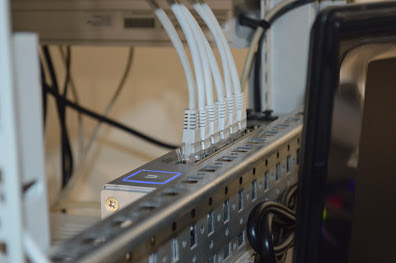An introduction to the various frequency bands used for VSAT internet connectivity

Even though today most people in large cities do enjoy seamless internet access with ease, this provision is still a luxury for many. The options of availing internet service are usually limited to dial-up or satellite, for people residing in the suburban parts of Africa. Satellite Connectivity in Africa is pretty predominant, especially through VSAT technology. VSAT C and Ku-bands are essentially the two prime bands used for VSAT communications in the region. The C-band is particularly ideal for locations where there is heavy rainfall, like more tropical areas of Africa. On the other hand, Ku band is best suited for locations where there is a limited area for installation. This system includes a smaller dish size and is easy to install. There are many situations where Ka-Band in Africa is also used. On the whole, Ku-band works well for satellite applications that require smaller bandwidth, as the equipment associated with it is more cost-effective than C-band. Better insight
